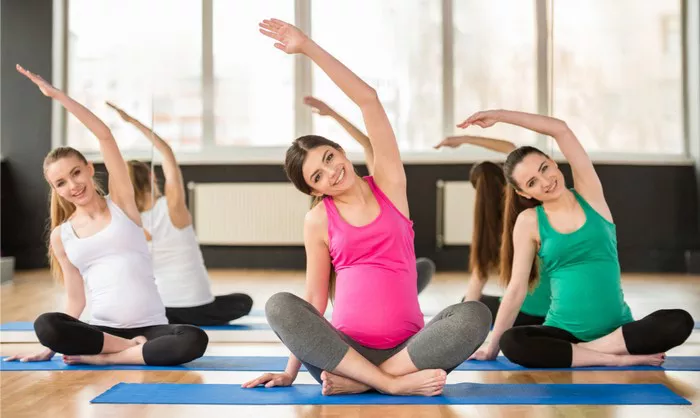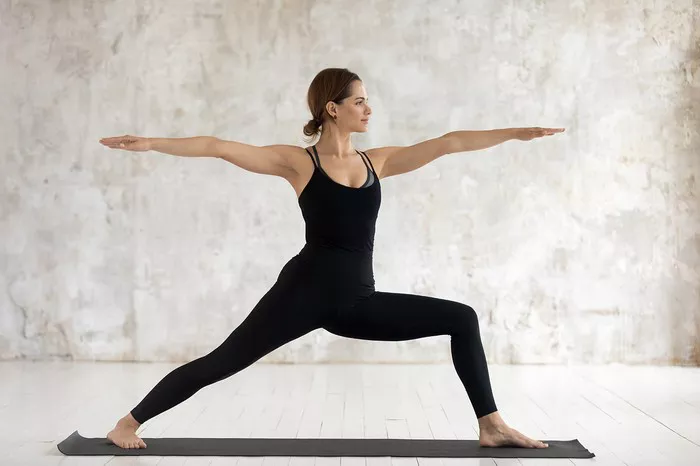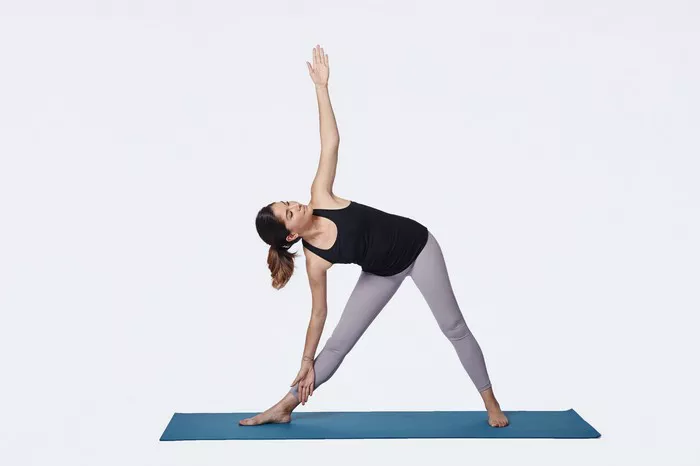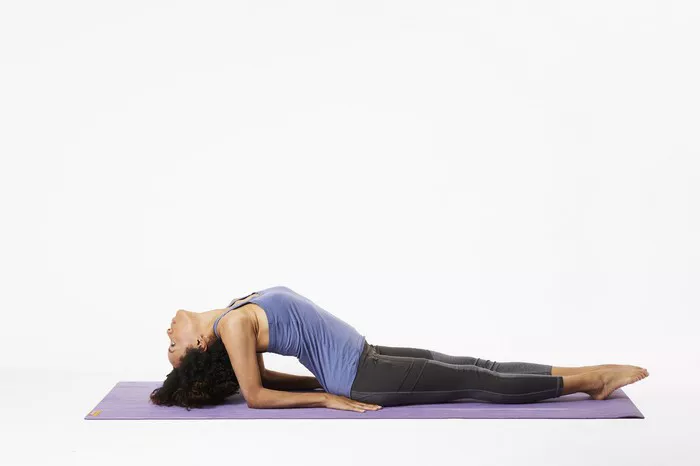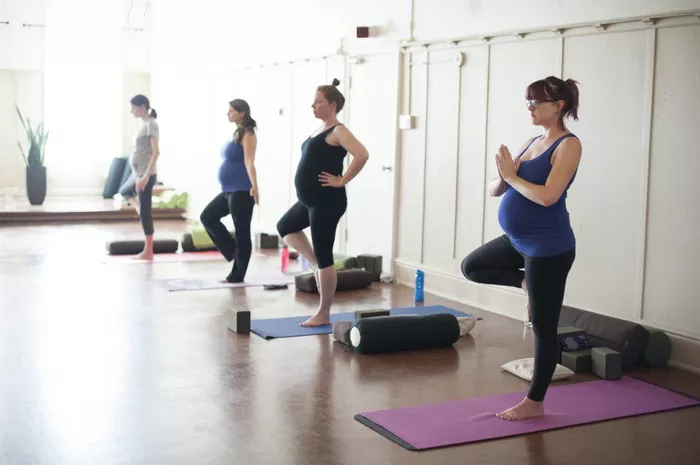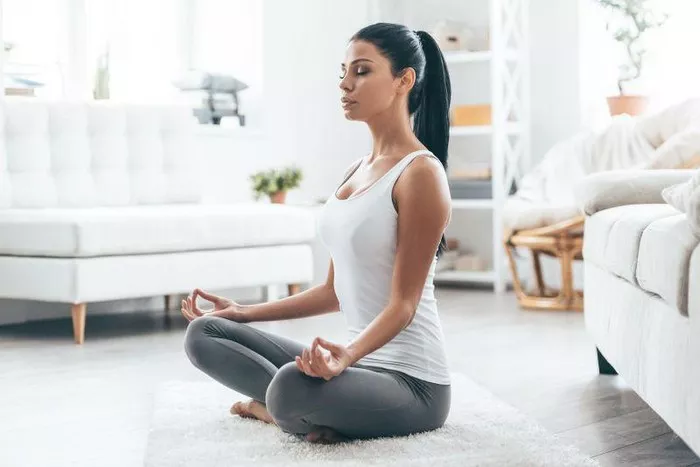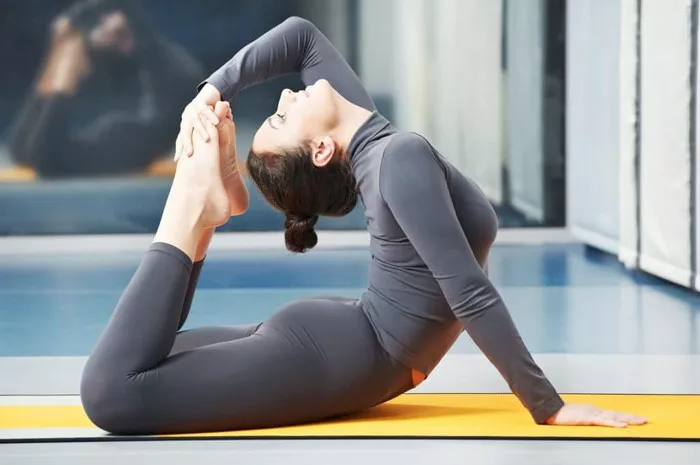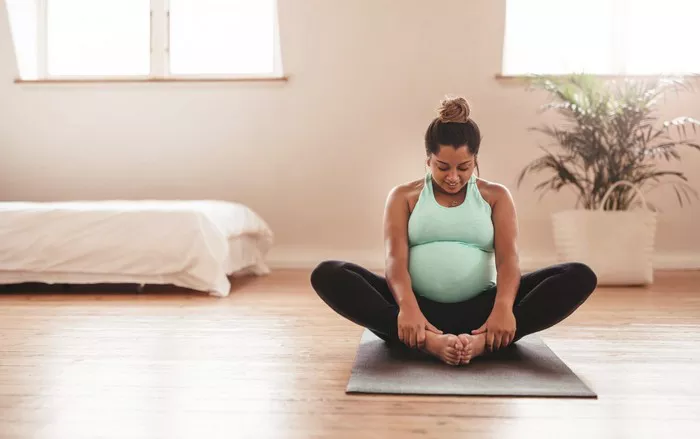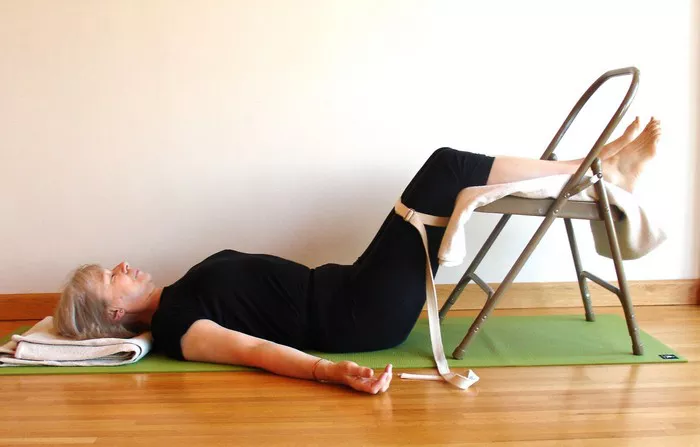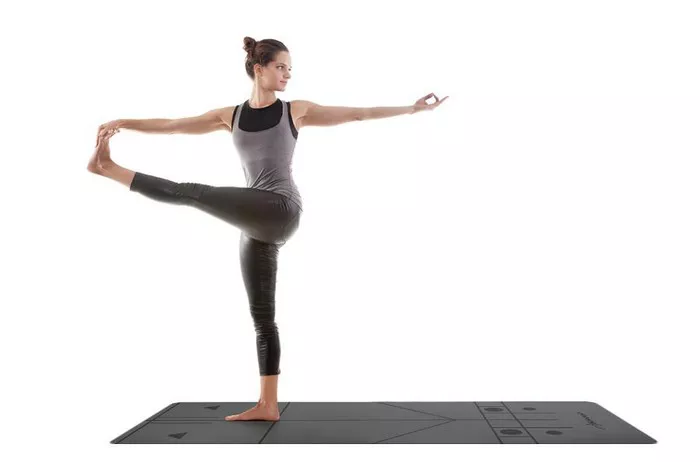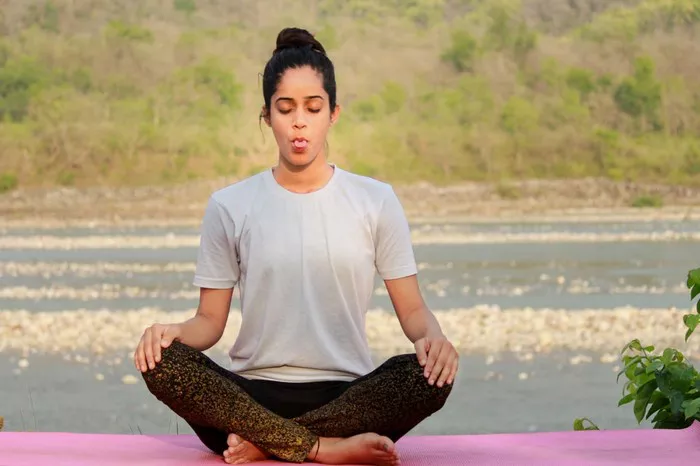Yoga has become a global phenomenon, embraced by millions for its physical, mental, and spiritual benefits. However, not all yoga practices are the same. Among the various types of yoga, Hatha yoga stands out, and understanding its differences from what is often referred to as “regular yoga” can enhance one’s appreciation and practice of this ancient discipline. While “regular yoga” is a broad term that encompasses a variety of modern yoga styles, Hatha yoga has its own unique characteristics that set it apart.
Historical Origins
The Ancient Lineage of Hatha Yoga
Hatha yoga has a rich and ancient history that dates back thousands of years. Its roots can be traced to the ancient Indian subcontinent, where it was developed as a system to prepare the body and mind for deeper spiritual practices. The term “Hatha” itself combines “Ha,” representing the sun, and “Tha,” representing the moon, symbolizing the balance between the active and passive forces within an individual.
Hatha yoga texts, such as the Hatha Yoga Pradipika, written around the 15th century, provide detailed instructions on asanas (postures), pranayama (breathing techniques), mudras (gestures), and bandhas (energy locks), forming the foundation of this traditional practice.
The Evolution of Regular Yoga
In contrast, the concept of “regular yoga” is more of a modern construct. Modern yoga, which often falls under the umbrella of “regular yoga,” has evolved over time, influenced by various factors including cultural exchange, fitness trends, and the needs of contemporary practitioners. Many modern yoga styles, such as Vinyasa, Ashtanga, and Bikram, have their roots in Hatha yoga but have been adapted and modified to suit different purposes and preferences. For example, Vinyasa yoga emphasizes the flow of movement with the breath, creating a dynamic and energetic practice, while Ashtanga yoga follows a set sequence of postures designed to build strength and flexibility.
Philosophical Foundations
The Holistic Philosophy of Hatha Yoga
Hatha yoga is deeply rooted in a holistic philosophy that aims to achieve balance and harmony between the body, mind, and spirit. At its core, Hatha yoga focuses on the regulation of prana, the life force energy that flows through the body. By practicing asanas, pranayama, and other techniques, practitioners seek to balance the flow of prana in the energy channels (nadis) of the body, particularly the ida, pingala, and sushumna nadis.
Additionally, Hatha yoga is guided by the yamas and niyamas, ethical guidelines and personal observances that promote moral and spiritual growth. These principles, such as non-violence (ahimsa), truthfulness (satya), and self-discipline (tapas), form the ethical framework for Hatha yoga practice.
The Diverse Philosophies of Regular Yoga
Regular yoga, on the other hand, encompasses a wide range of philosophical approaches. While many modern yoga styles draw inspiration from traditional yoga philosophies, they may place different emphasis on certain aspects. For instance, some modern yoga practices may focus more on the physical benefits of yoga, such as strength, flexibility, and fitness, while others may incorporate elements of mindfulness and meditation to promote mental well-being. Some styles may also integrate Western psychological theories or fitness concepts, creating a more eclectic approach to yoga practice.
Asana Practice
The Structured Asana Practice of Hatha Yoga
In Hatha yoga, the asana practice is relatively structured and focuses on holding postures for a certain period of time. The emphasis is on proper alignment, balance, and stability in each pose. Hatha yoga typically includes a variety of standing, seated, supine, and inverted postures, which are designed to stretch, strengthen, and tone the body. For example, Tadasana (Mountain Pose) is often used as a starting point to develop body awareness and proper alignment, while Sirsasana (Headstand) and Sarvangasana (Shoulderstand) are more advanced inverted postures that challenge balance and strength. Hatha yoga classes usually progress at a moderate pace, allowing practitioners to fully experience and understand each posture.
The Varied Asana Styles in Regular Yoga
Regular yoga, especially modern styles like Vinyasa and Ashtanga, often features a more dynamic and flowing asana practice. Vinyasa yoga, for example, links each movement with the breath, creating a continuous flow of postures that can be fast-paced and physically demanding. Ashtanga yoga follows a set sequence of postures that practitioners repeat in each session, gradually building strength, flexibility, and endurance over time. Other modern styles may incorporate elements of dance, acrobatics, or functional fitness into their asana practice, resulting in a wide variety of movement patterns and postures.
Pranayama Techniques
The Focused Pranayama in Hatha Yoga
Pranayama is a central component of Hatha yoga, and significant attention is given to different breath control techniques. Hatha yoga emphasizes the use of pranayama to regulate the flow of prana, calm the mind, and enhance physical and mental well-being. Techniques such as Ujjayi breath, which involves constricting the back of the throat to create a soft, audible breath, are commonly used in Hatha yoga to warm the body, focus the mind, and regulate the flow of energy. Nadi Shodhana (Alternate Nostril Breathing) is another important pranayama technique in Hatha yoga, which is believed to balance the left and right hemispheres of the brain and clear the energy channels.
The Diverse Use of Pranayama in Regular Yoga
In regular yoga, the use of pranayama can vary widely depending on the style and the instructor. Some modern yoga styles may place less emphasis on pranayama, focusing more on the physical postures and movement. However, many still incorporate breath control techniques to enhance the practice. For example, in Vinyasa yoga, the breath is used to synchronize the movement, but the specific pranayama techniques may not be as in-depth as in Hatha yoga. In other styles, such as Yin yoga, pranayama may be used more for relaxation and stress reduction, with a focus on slow, deep breathing to calm the nervous system.
Meditation and Mindfulness
The Traditional Meditation in Hatha Yoga
Meditation is an integral part of Hatha yoga, and it is often practiced in combination with asanas and pranayama. Hatha yoga meditation typically involves sitting in a comfortable posture, focusing the mind on a single point of concentration, such as the breath, a mantra, or a visual image. The goal is to still the mind, reduce mental chatter, and cultivate a state of inner peace and awareness. Mantra meditation, where practitioners repeat a sacred word or phrase, is a common form of meditation in Hatha yoga. This repetition is believed to have a profound effect on the mind and body, helping to connect with a higher consciousness.
The Varied Approaches to Mindfulness in Regular Yoga
Regular yoga also incorporates elements of meditation and mindfulness, but the approaches can be more diverse. Some modern yoga styles may focus on mindfulness-based practices, such as body scan meditations or mindful movement, to increase self-awareness and presence. In some cases, the meditation component may be more brief or integrated into the asana practice, rather than being a separate, extended session as in Hatha yoga. Additionally, some regular yoga classes may draw on contemporary mindfulness techniques from Western psychology, such as mindfulness-based stress reduction (MBSR), to help practitioners manage stress and improve mental health.
Conclusion
In conclusion, while both Hatha yoga and regular yoga offer numerous benefits for physical, mental, and spiritual well-being, they have distinct differences. Hatha yoga, with its ancient origins, holistic philosophy, structured asana practice, focused pranayama, and traditional meditation, provides a comprehensive and balanced approach to yoga. Regular yoga, on the other hand, encompasses a wide range of modern styles that have evolved to meet the diverse needs and preferences of contemporary practitioners.



